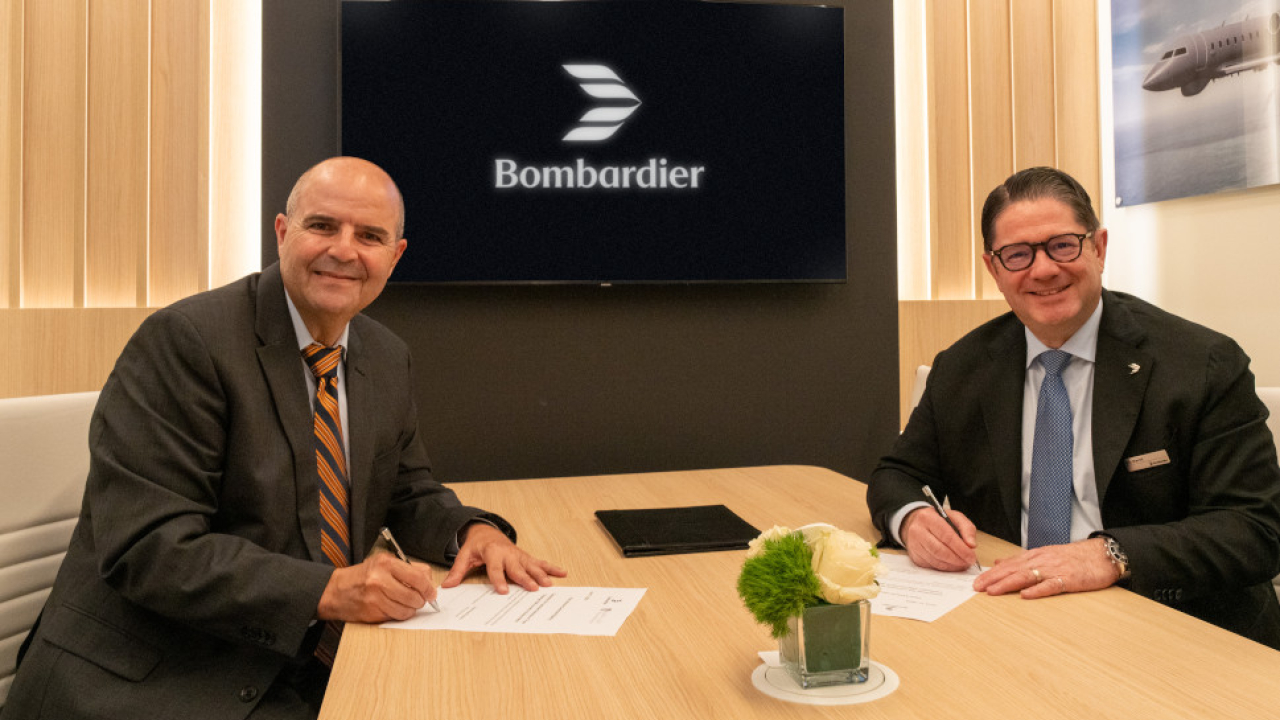Embraer's new Legacy 650 meets expectations on Dubai to London flight

The aircraft covered an equivalent still-air distance of 3,500 nautical miles (6,482 kilometers) in eight hours.
The flight was performed with ten occupants – seven passengers and three crew members – aboard a typically equipped Legacy 650.
Colin Steven, Embraer Vice President, Marketing and Sales, Europe, Africa and the Middle East – Executive Jets, said: “The achievement of this nonstop flight in the Legacy 650 from Dubai to London - with seven passengers - is testimony of the capability the Legacy 650 offers to Middle East clients.
“With the comfort of three distinct cabin zones and the largest baggage volume in its class, the Legacy 650 provides a significant nonstop link capability between the Middle East and Europe, which can be performed year-round, independently of en route headwinds.”
Launched a year ago at NBAA 2009, the large Legacy 650 can fly up to 3,900 nautical miles (7,223 kilometers), nonstop, with four passengers, or 3,840 nautical miles (7,112 kilometers) with eight passengers, or approximately 500 nautical miles (926 kilometers) farther than the Legacy 600.
This significant increase in range was accomplished through extensive airframe modifications, such as reinforced wings and landing gear, larger fuel capacity, and new highly efficient and more powerful Rolls-Royce AE 3007A2 engines. Honeywell’s new Primus Elite™ avionics suite also equips the Legacy 650 and future Legacy 600s. The new jet has the same interior as the Legacy 600, with three distinct cabin zones and a galley, as well as the largest in-flight accessible baggage compartment of its class.
Cabin noise levels were reduced with sound insulation and the high-speed Internet datalink has been upgraded to Inmarsat’s SwiftBroadband system.
The Legacy 650 was recently certified by Brazil’s National Civil Aviation Authority (Agência Nacional de Aviação Civil – ANAC) and the European Aviation Safety Agency (EASA). The first deliveries are scheduled for this year.
Stay up to date
Subscribe to the free Times Aerospace newsletter and receive the latest content every week. We'll never share your email address.

